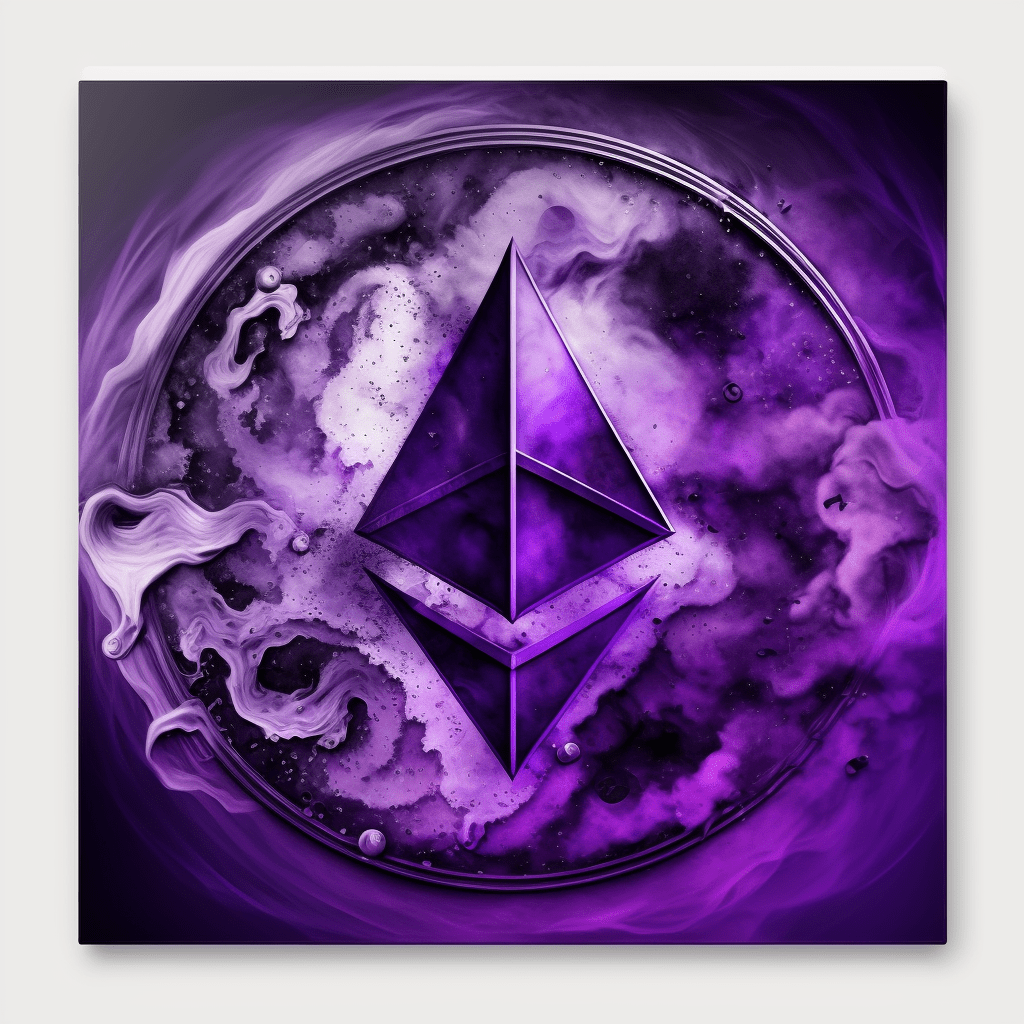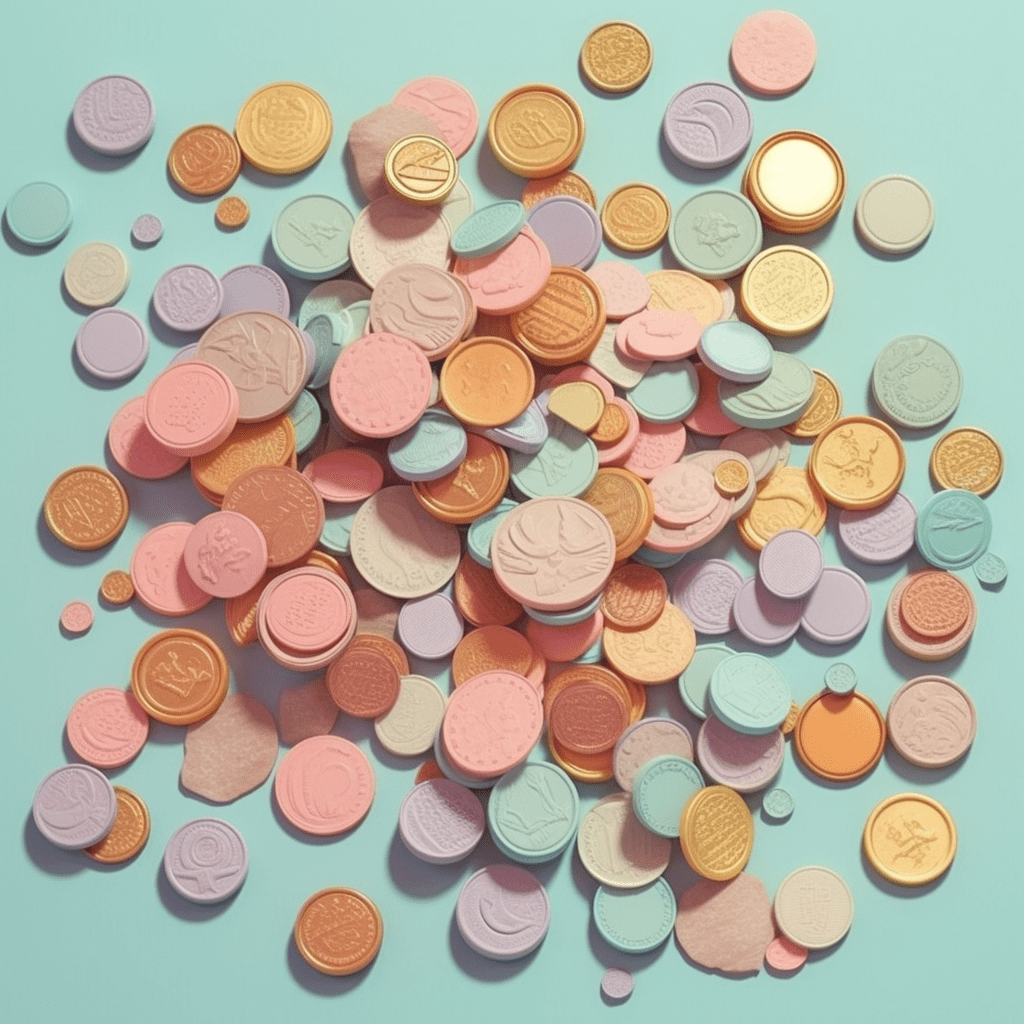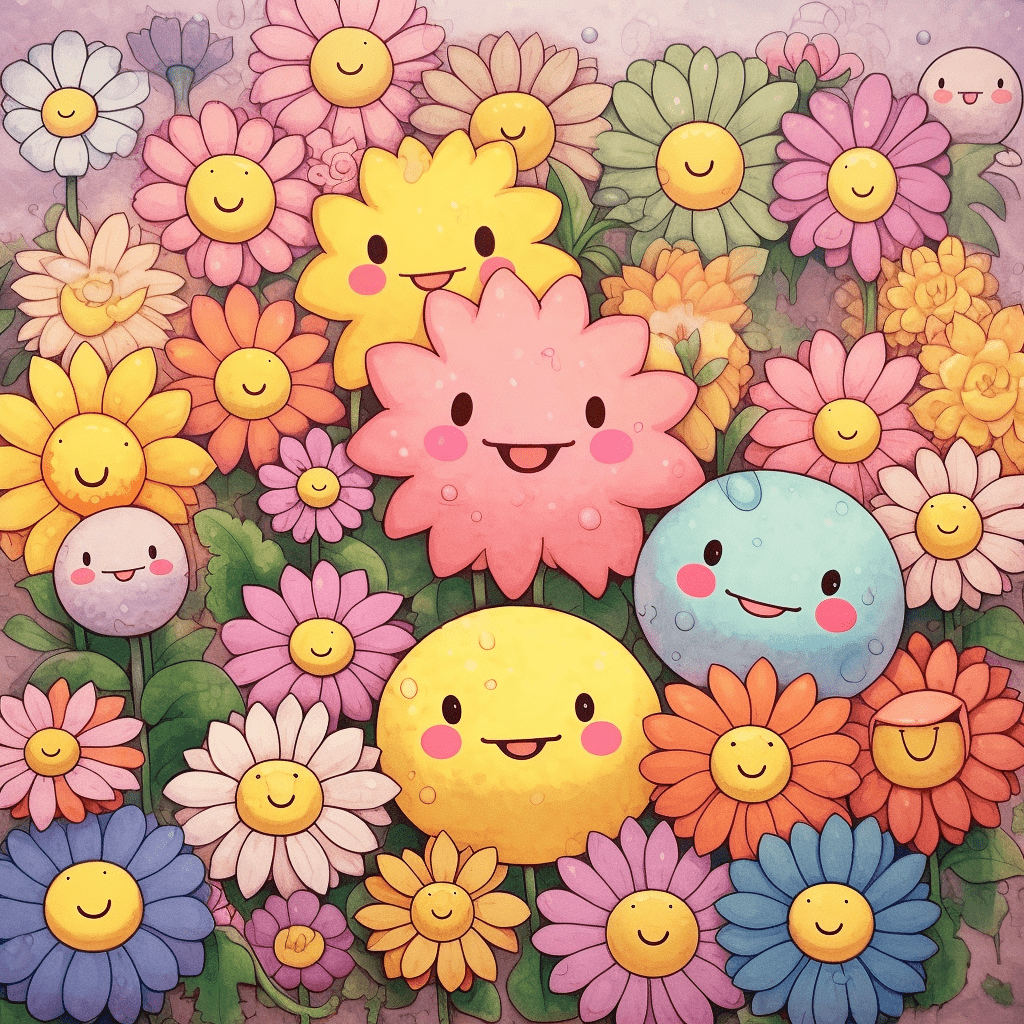In the world of digital art and Non-Fungible Tokens (NFTs), NFT layer generators have emerged as a powerful tool for artists to create unique and captivating digital pieces. An important consideration when working with NFT layer generators is optimizing your creations for different blockchain platforms, such as Ethereum, Binance Smart Chain, Solana, and others. This article will cover various strategies for optimizing NFT layer generation with these platforms in mind, ensuring seamless compatibility and maximizing the potential for success in the competitive NFT marketplace.
Understanding Blockchain Platform Differences
To optimize NFT layer generation for different blockchain platforms, it’s essential to first understand the key differences between them. These differences can include network scalability, transaction fees (gas fees), and community preferences. By considering these factors, you can tailor your NFT creation to cater to the specific needs and opportunities offered by each platform.
Ethereum

Ethereum is the leading blockchain platform in the NFT space, offering a vast ecosystem of tools, marketplaces, and services for artists and collectors. When creating NFTs with an NFT layer generator for the Ethereum network, consider the following points:
- Gas Fees: Ethereum is known for its high gas fees, which can discourage users from purchasing or trading NFTs. Optimize your NFT for Ethereum by ensuring that the files you generate are reasonably sized and uncomplicated, which can help reduce the cost of minting and transferring the token.
- Community Preferences: Ethereum’s NFT community often seeks innovative and rare ideas, as well as projects with an emphasis on high-quality art, utility, or unique features. Prioritize these aspects when using your NFT layer generator, to create digital pieces that cater to the preferences of the Ethereum userbase.
Binance Smart Chain (BSC)
Binance Smart Chain is an alternative to Ethereum that emphasizes lower transaction fees and faster transaction speeds. To optimize your NFT layer generation for BSC, keep the following factors in mind:
- Lower Fees and Faster Speeds: BSC’s advantages in terms of transaction fees and speeds can encourage more frequent trading of NFTs. This opens up opportunities for artists to experiment with various price points and provide different editions of their NFTs without worrying about prohibitive costs.
- BSC-Specific Marketplaces: Since not all NFT marketplaces support BSC, research and choose marketplaces that cater specifically to this chain. Familiarize yourself with their requirements and ensure your NFT layer generator outputs compatible files for these platforms.
Solana

Solana is another rapidly growing blockchain platform for NFTs, with low fees, high throughput, and a burgeoning ecosystem. Consider the following when optimizing your NFT layer generation for the Solana network:
- Platform-Specific Tools: Solana has its own set of tools and DApps which are distinct from Ethereum and BSC. Ensure that the output of your NFT layer generator is compatible with the Solana tooling and can be easily minted and traded on Solana-specific NFT marketplaces.
- Emerging Trends: As Solana’s NFT ecosystem is still in its early stages, being proactive and staying abreast of emerging trends and preferences within the Solana community is vital. This awareness will help you optimize your NFT layer generator output for specific userbase interests and demands, maximizing the chances of a successful launch and reception.
Choosing the Right File Formats and Compression Techniques
Regardless of the blockchain platform, optimizing the file formats and compression techniques used during the NFT layer generation process is critical. When selecting formats for images, animations, or other media, consider the balance between quality and file size. Compression techniques can help minimize file size while preserving the integrity of your artwork, which can ultimately reduce both minting and transfer costs. Experiment with JPEG, PNG, GIF, or WebP formats and adjust compression settings to find the optimal balance.
Comparing and Selecting NFT Marketplaces
When it comes to optimizing NFT layer generation for different blockchain platforms, choosing the right NFT marketplace is crucial. Different marketplaces target different platforms and user demographics, impacting the potential success of your NFT. Not all marketplaces support all blockchain platforms, so research and select a marketplace well-aligned with your target platform and audience preferences. Some popular NFT marketplaces to consider are OpenSea (Ethereum), BakerySwap (BSC), and SolSea (Solana).
Preparing for Smart Contracts and Token Standards
Each blockchain platform has unique smart contract systems and token standards employed for NFT creation and management. Familiarize yourself with the specific smart contract languages and token standards associated with your target platform. For instance, Ethereum utilizes ERC-721 and ERC-1155 tokens, while Binance Smart Chain uses BEP-721 and BEP-1155 tokens. Compatibility with these standards is crucial for seamless functionality, trading, and success of your NFT.

In conclusion, optimizing the NFT layer generation process for different blockchain platforms is an essential aspect of ensuring the success of your digital art. Understanding the nuances of various platforms, including user preferences, gas fees, and platform-specific tooling, will enable you to tailor your NFTs to meet market demands and navigate the ever-evolving landscape of NFT blockchain ecosystems with confidence. By considering the factors intrinsic to each blockchain network, artists can create engaging and valuable NFTs that resonate with audiences and enjoy successful launches in the fast-growing digital art market.
